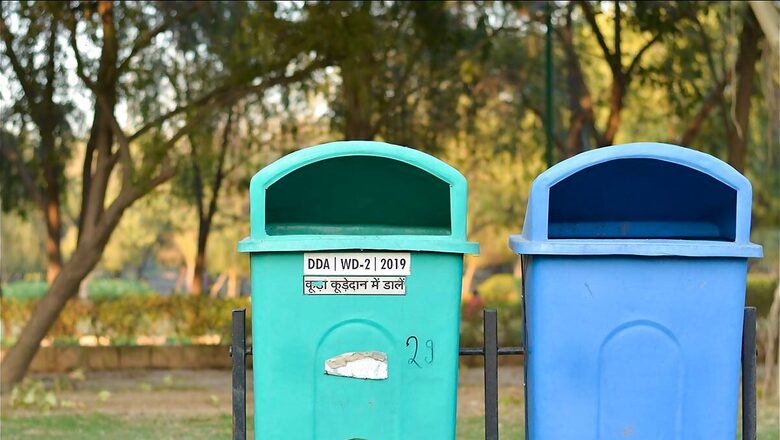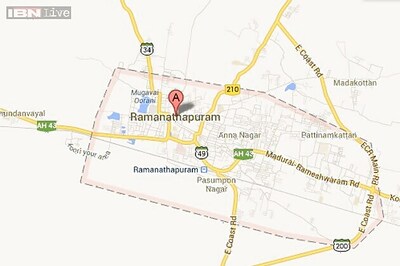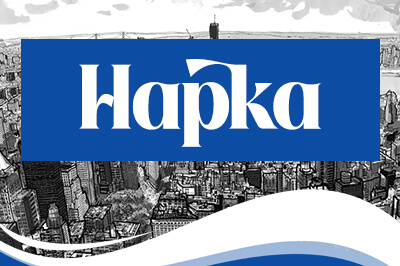
views
A waste management system, often known as garbage disposal, is a simplified procedure used by businesses to dispose of, reduce, reuse, and prevent waste. It is also a strategy in which businesses execute comprehensive waste management methods from generation to disposal. There are many different ways to dispose of garbage, including recycling, composting, incineration, landfills, bioremediation, waste to energy, and waste minimization.
Use of green and blue dustbin:
The utilization of green and blue dustbins has become an essential component of waste management systems in numerous countries globally. The utilization of waste segregation at its origin facilitates the process of recycling and composting. This practice helps in mitigating the volume of waste that is ultimately deposited in landfills and incineration facilities.
Green dustbin usage:
It is used to dispose of wet and biodegradable garbage. It is also known as an organic bin because it contains garbage from the kitchen, plants, and animals. Rotten eggs, fruits, vegetables and peels, coconut shells, tea bags, old tea powder, leftover food, yard debris, and so on are examples of these wastes.
Blue dustbin usage:
It is used for non-biodegradable and dry garbage. Dry waste literally means dry, as in if the paper is dry, it is tossed in a blue bin, and if it is wet, it is thrown in a green bin. Liquid waste is removed and cleaned, while plastic wrappers and covers are discarded after drying.
For many reasons, it is crucial to separate waste at the source. It first makes recycling and composting simpler. It might be challenging to separate various waste types when they are combined together. Second, separating garbage contributes to a decrease in the volume of waste sent to landfills and incinerators. Hazardous greenhouse gasses are released into the atmosphere by landfills and incinerators, contributing to climate change. Third, waste separation promotes job growth in the composting and recycling sectors.
How to use green and blue dustbins effectively:
Green dustbin: Some of these wastes are sterilized and fed to animals, while farmers use the remainder for manure and composting, which improves soil fertility. Composting converts this garbage to zero waste. If plastic wrappers are mingled with this garbage and, unfortunately, animals ingest them, the animal will die. As a result, garbage disposal must be done with caution. Some items are difficult to distinguish when they fall into dustbins. For example, in the case of biscuit packages containing biscuits, the biscuits should be disposed of in a green trash and the biscuit wrapper in a blue bin. Food that has expired or has been ruined should be removed and thrown away.
Blue dustbin: Because microbes cannot degrade this material, it is classified as non-biodegradable garbage and must be recycled. They pollute the environment and produce pollution if not properly disposed of. Plastic, aluminum cans, polystyrene, newspapers, paints, aerosol cans, lights, broken bulbs, glass bottles, plastic bottles, gift wrappers, cards, cardboard, thermal coal, tetra pack packaging, and other materials should be discarded in this container.
Dustbins in green and blue colors are an easy and efficient approach to lessen our influence on the environment. In the fight against pollution and climate change, we can have a significant impact by sorting waste at the source. There are other ways to encourage people to utilize green and blue trash cans, including educating people on the advantages of waste segregation.

















Comments
0 comment